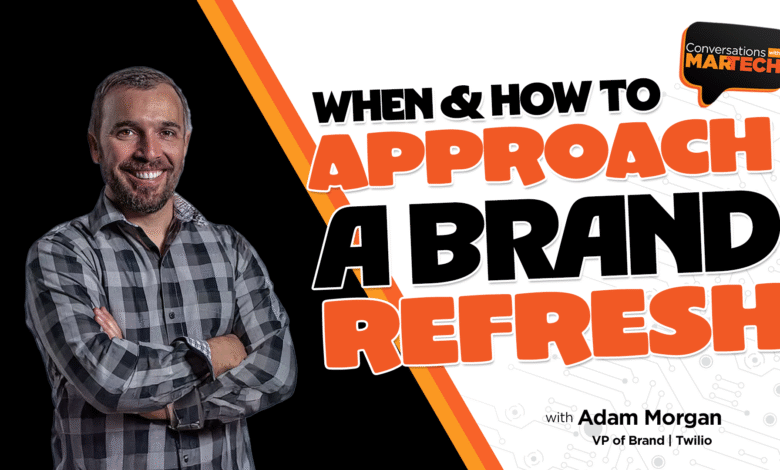When and How to Refresh Your Brand: A Strategic Guide

▼ Summary
– Brand marketing is gaining significant attention in 2025 due to changes in the search landscape and companies focusing on visibility and LLM citations.
– Some brands, like Southwest Airlines and Cracker Barrel, faced backlash for actions that contradicted their brand values or upset customers.
– Adam Morgan, VP of brand at Twilio, led a rebranding project following the company’s acquisitions.
– In a MarTech podcast episode, Adam discusses the timing, approach, and importance of brand refreshes.
– A detailed video about Twilio’s brand refresh is available on the MarTech YouTube channel for further insights.
The year 2025 has brought brand marketing into sharp focus, driven by shifts in how companies approach visibility and consumer connection. With search landscapes evolving, businesses are increasingly prioritizing brand recognition and LLM citations over traditional SERP metrics. This strategic pivot reflects a deeper understanding of how brand perception influences long-term success.
Recent headlines have highlighted the risks of misalignment between brand actions and stated values. Southwest Airlines, long celebrated for its “Bags fly free” policy, faced scrutiny after introducing checked bag fees. Similarly, Cracker Barrel encountered significant public backlash when attempting a logo redesign, inadvertently pulling the brand into political conversations. These examples underscore the delicate balance required when making changes to established brand identities.
Adam Morgan, Vice President of Brand at Twilio, recently led a comprehensive rebranding initiative following several company acquisitions. His insights shed light on the strategic thinking behind such transformations. According to Morgan, knowing when to refresh a brand is as critical as knowing how. Key indicators include market evolution, internal growth, or a noticeable gap between current branding and company direction.
The process typically begins with internal alignment and deep audience research. Understanding both employee sentiment and customer expectations provides a foundation for meaningful change. Morgan emphasizes that a successful refresh isn’t about discarding heritage but rather evolving the brand narrative to reflect current realities while honoring core values.
Brand marketing’s resurgence ties directly to its ability to build trust in an increasingly fragmented digital environment. As algorithms change and consumer behaviors shift, consistent brand messaging becomes a stabilizing force. Companies investing in cohesive brand stories find they not only retain customer loyalty but also attract new audiences aligned with their values.
For those interested in the practical application of these principles, a detailed exploration of Twilio’s brand refresh process is available through supplementary video content. This behind-the-scenes look offers actionable insights for marketers considering their own brand evolution.
Timing, research, and strategic execution form the pillars of effective brand refreshes. Whether driven by internal growth or external market shifts, the goal remains constant: creating authentic connections that withstand changing trends and consumer expectations.
(Source: MarTech)


